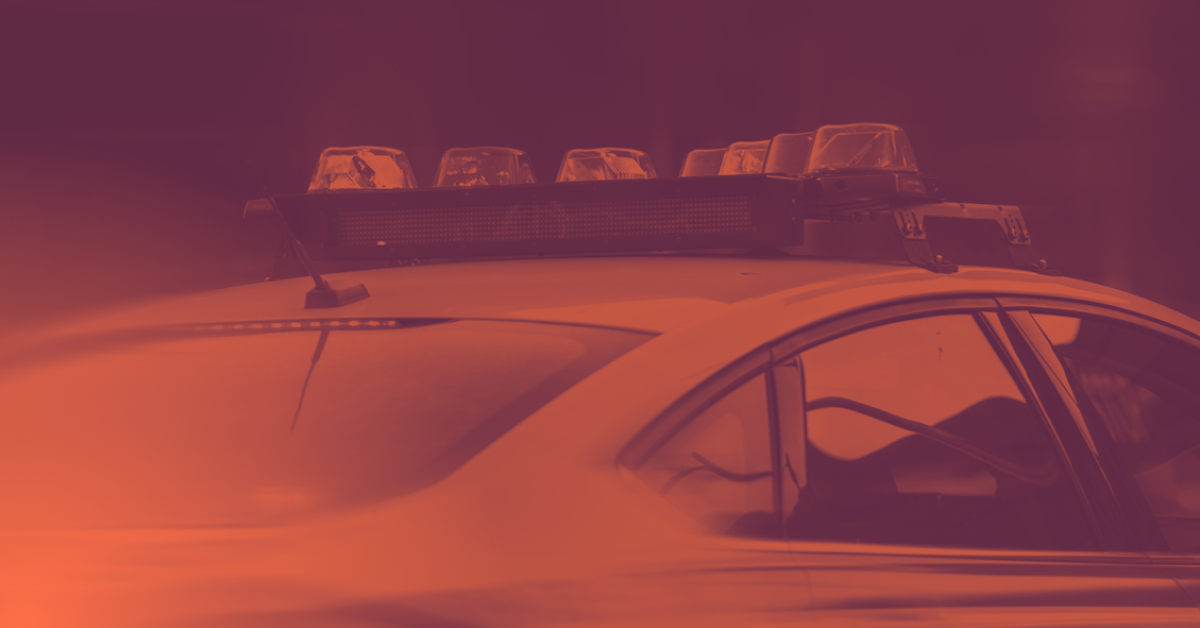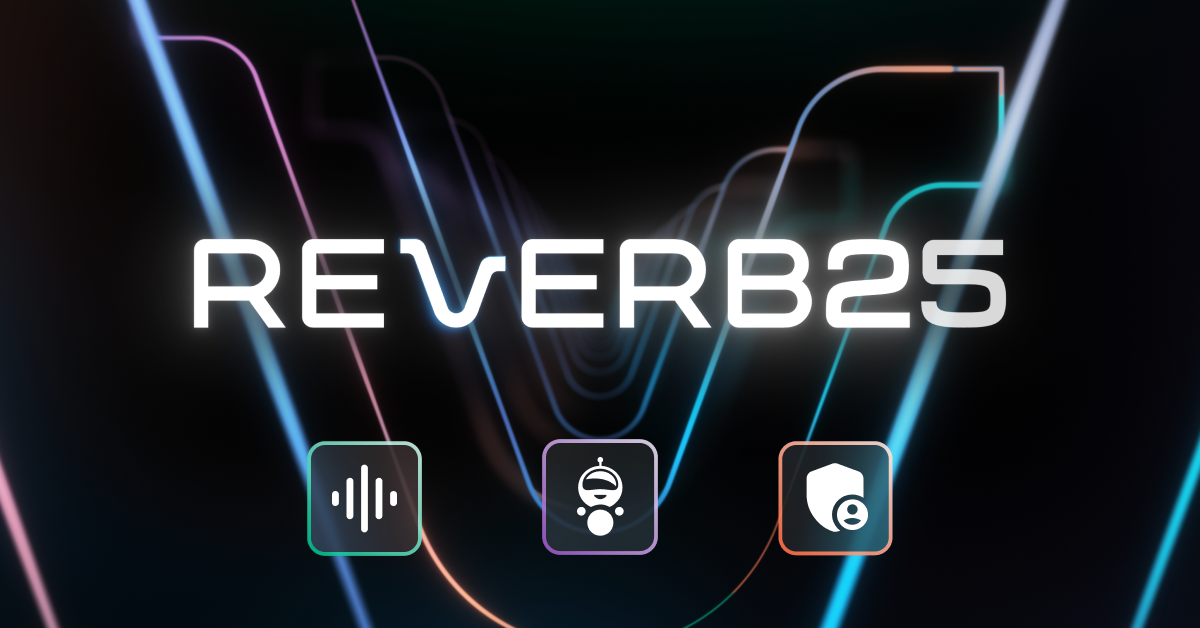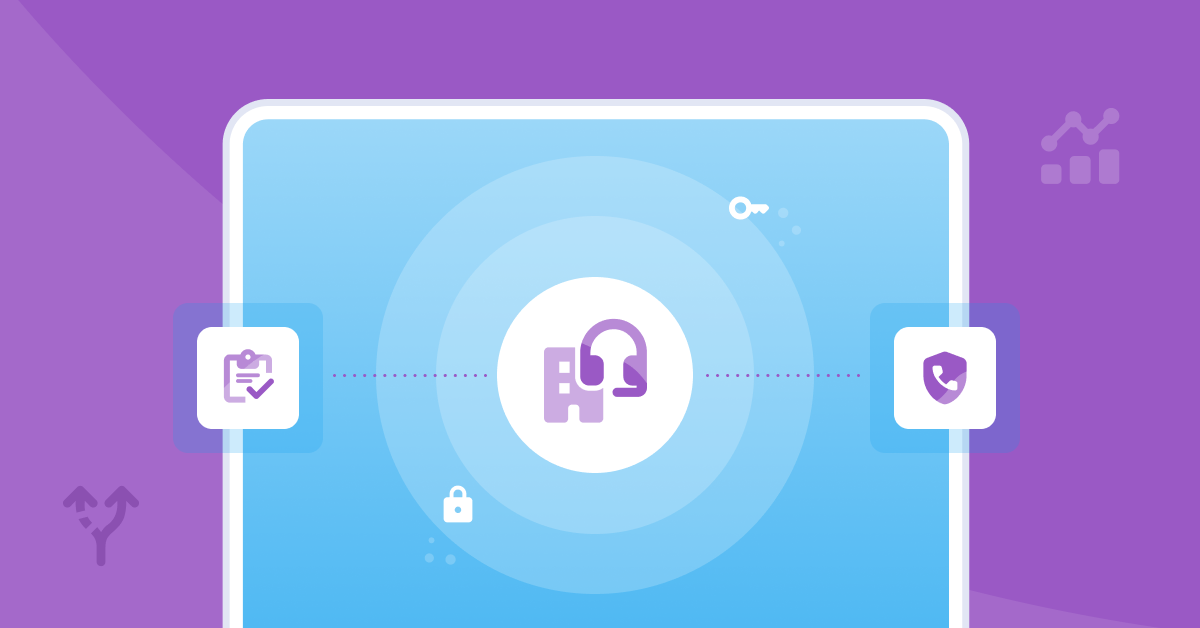911 laws and regulations are complex. Some regulations apply to communications and 911 providers, while others apply to enterprises who incorporate E911 directly into their employee and end-user services. While complex and, in some cases subject to interpretation, 911 laws and regulations are designed to ensure that regardless of the calling device being used, reliable access to emergency services is available through VoIP technology.
FCC E911 rules for telecommunications providers
Interconnected VoIP providers have unique requirements for Enhanced 911 (E911):
- 911 service is a mandatory requirement when providing voice communication access to the public switched telephone network (PSTN). Your customers may not “opt-out” of this emergency calling capability.
- You must provision an accurate emergency location with the service and provide a way for your customers to update these addresses when this information changes.
- 911 calls must be routed to the designated public safety answering point (PSAP) and include callback number, name, and an address. In addition, emergency call routing is a requirement, even if the designated PSAP does not have the capabilities to receive or process the location or callback information.
- Interconnected VoIP providers must notify customers about their 911 calling capabilities and have them formally acknowledge service limitations that may exist with their 911 service. Stickers or labels are one way to alert potential callers of restrictions or limitations when calling 911 from a given VoIP-enabled device.
You can learn more about the specific laws and regulations on the FCC’s website.
E911 Regulations for Multi-line Telephone Systems (MLTS)
Kari’s Law
Kari’s Law recently came into effect on February 16, 2020. There are two main components to Kari’s Law: the requirement to provide direct dialing to 911, and sending emergency notifications to appropriate support personnel. Kari’s Law applies to MLTS which are commonly used by enterprise customers in offices, hotels, healthcare campuses, etc.
Eliminating trunk access codes when calling 911
Kari’s Law requires direct access to 911 by removing any prefix digit (such as 9 or 8) to reach an outside line. While many organizations may worry about an increase of accidental emergency calls, many 911 service providers, including Bandwidth, offer misdial protection capabilities to limit this risk.
Emergency notifications
When MLTS end-users call 911, designated personnel within the enterprise must be notified. The notification recipient—a security team, front desk attendant, or facility manager—has an important role to play in emergency communications. They are knowledgeable of the layout of the campus or building and can guide and assist first responders as they arrive on scene. They can provide access to locked rooms or suites and may even be able to provide early support to 911 callers.
If you want to learn more, check out our blog post on Kari’s Law compliance and what it means for your business.
Section 506 of RAY BAUM’S Act
Named in honor of Ray Baum, an Oregon politician with a passion for telecommunications, RAY BAUM’S Act stands for Repack Airwaves Yielding Better Access for Users of Modern Services. RAY BAUM’S Act is comprehensive in its scope, but Section 506 is focused on 911 and can help improve location accuracy for emergency communications.
Dispatchable location
Section 506 of RAY BAUM’S Act introduces a new term—“dispatchable location” which is more than just the civic address of a building or campus. A dispatchable location includes additional location data such as a building number, floor, suite, office, or even cubicle number.
With RAY BAUM’S Act and dispatchable location, enterprises and other large campuses can provide more accurate location information to public safety, setting the stage for faster emergency response times and a safer enterprise.
To learn more about E911, check out the following resources:



